Landscape Fabric For Drainage

Table of Contents
Landscape Fabric for Drainage: A Comprehensive Guide
Landscape fabric, often touted for weed control, also plays a surprisingly significant role in improving drainage. Understanding how to use it effectively can transform your garden from a soggy mess to a thriving oasis. This comprehensive guide explores the benefits, drawbacks, and best practices for using landscape fabric to enhance drainage in your landscape.
Why Use Landscape Fabric for Drainage?
While primarily known for weed suppression, landscape fabric offers several advantages when it comes to drainage:
- Improved Water Flow: Landscape fabric allows water to penetrate the soil more easily than compacted clay or other soil types prone to waterlogging. It prevents the soil from becoming overly saturated, leading to healthier plant roots and reduced risk of root rot.
- Reduced Erosion: In areas prone to erosion, landscape fabric helps hold the soil in place, preventing topsoil loss during heavy rainfall. This is particularly beneficial on slopes or in areas with loose soil.
- Creates a Stable Base: When used in conjunction with gravel or other drainage materials, landscape fabric forms a stable base for pathways, patios, or raised beds. This prevents settling and ensures a level surface.
- Separates Soil Layers: Landscape fabric can effectively separate different soil layers, preventing mixing and allowing for better drainage management. For instance, it can separate a top layer of topsoil from a base layer of gravel designed for drainage.
Types of Landscape Fabric for Drainage
Not all landscape fabrics are created equal. Choosing the right type is crucial for optimal drainage:
- Woven Landscape Fabric: This type is more durable and longer-lasting than non-woven fabric. Its tighter weave provides better weed control but can slightly restrict water flow. For drainage applications, opt for a woven fabric with a relatively open weave to allow for good water permeability.
- Non-Woven Landscape Fabric: This is generally less expensive than woven fabric. While it offers decent weed control, its looser structure allows for better water penetration, making it ideal for drainage solutions.
How to Use Landscape Fabric for Drainage
Proper installation is key to maximizing the benefits of landscape fabric for drainage. Here's a step-by-step guide:
- Prepare the Area: Clear the area of debris, rocks, and existing vegetation. Loosen the soil to improve water penetration.
- Lay the Fabric: Overlap the edges of the fabric by at least 6-12 inches to prevent weeds from growing through the seams. Ensure the fabric is smooth and free of wrinkles.
- Add Drainage Material (Optional): For improved drainage, layer gravel, crushed stone, or other porous material over the landscape fabric. This creates a drainage layer that allows water to flow freely.
- Add Topsoil: Spread a layer of topsoil over the drainage material. The thickness will depend on the plants you plan to grow.
- Plant Your Plants: Plant your chosen plants as you normally would.
Potential Drawbacks
While landscape fabric offers many advantages, it's important to be aware of potential drawbacks:
- Can restrict air flow: Over time, particularly with heavy clay soils, landscape fabric can restrict airflow to the soil, potentially impacting root health.
- May need replacement: Depending on the type and quality of the fabric, it may degrade over time, requiring replacement.
- Doesn't solve all drainage problems: Landscape fabric is not a miracle cure for poor drainage. Severe drainage issues may require more significant interventions, such as installing drainage pipes or altering the grade of your land.
Choosing the Right Fabric: Key Considerations
- Permeability: Prioritize fabric with high water permeability for optimal drainage.
- Durability: Choose a durable fabric, especially for areas with heavy foot traffic or machinery use.
- UV Resistance: Select a fabric with UV resistance to prevent degradation from sunlight.
Conclusion
Landscape fabric can be a valuable tool for improving drainage in your garden or landscape. By understanding its benefits, drawbacks, and proper installation techniques, you can create a healthier and more thriving environment for your plants. Remember to always consider your specific soil type and drainage needs when choosing and using landscape fabric. Proper planning and execution will ensure optimal results and a beautiful, well-drained landscape.

Thank you for visiting our website wich cover about Landscape Fabric For Drainage. We hope the information provided has been useful to you. Feel free to contact us if you have any questions or need further assistance. See you next time and dont miss to bookmark.
Featured Posts
-
Linear Bathroom Lighting
Dec 28, 2024
-
Small Gas Patio Fire Pit
Dec 28, 2024
-
Furniture Stores Estero
Dec 28, 2024
-
Dining Room Sets Raleigh Nc
Dec 28, 2024
-
Minimum Square Footage For A Bathroom
Dec 28, 2024